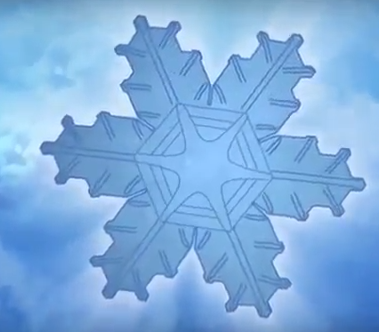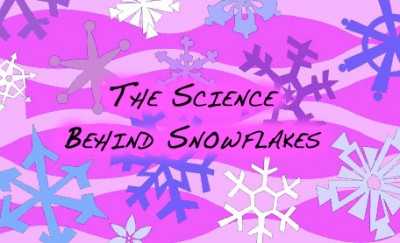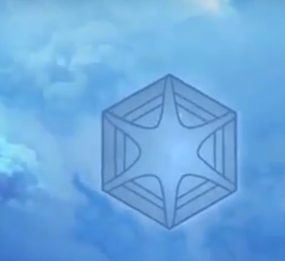The Science Behind Snowflakes
By Blog Editor Susan Wells
We’ve gone from sub-zero temperatures to almost 60 degrees this week in Denver. Even though the spring-like temps have brought us out of the icebox, we are spending some time on the science behind snowflakes. Snowflakes are one of the most beautiful and mystifying parts of winter, but how do they form? We all know snowflakes are frozen water, but what is the science behind the birth of a snowflake?
No two snowflakes look alike or form in exactly the same way.
Here’s the complex explanation from the scientists at NOAA (The National Oceanic and Atmospheric Administration) …
These ice crystals that make up snowflakes are symmetrical (or patterned) because they reflect the internal order of the crystal’s water molecules as they arrange themselves in predetermined spaces (known as “crystallization”) to form a six-sided snowflake.
Snowflakes are made from ice – nature’s simplest hydrogen bonded crystal. They form when an extremely cold water droplet freezes onto a dust or dirt particle in a cloud. The water vapor sticks to the particle and the droplet turns into ice.
As the particle falls to the ground, a prism forms with six faces and a top and a bottom. Next, a cavity forms in each face, because ice grows fastest around the edges. The fastest ice growth is on the corners, where six branches start to form. The six branches make a hexagon. As the temperature cools, ice growth rapidly continues at the tips. Then more side branches form.
As the crystal continues to fall, it is hit with warmer blasts of air from underneath and colder blasts of air from above. This causes more branches around the hexagon to form. The crystal begins to warm and all of the tips become narrow and long. The warmer air then slows the crystal growth.

The branches begin to grow additional branches and the snowflake takes shape.
(Image from Bytesize Science video)
The temperature and humidity of the air determine the shape of the ice crystal.Long needle-like crystals are seen at 23 degrees F and flat, plate-like crystals at 5 degrees F.
These ice crystals that make up snowflakes are symmetrical (or patterned) because they reflect the internal order of the crystal’s water molecules as they arrange themselves in predetermined spaces (known as “crystallization”) to form a six-sided snowflake.
Here’s a step by step illustrated process from Bytesize Science –
Why are snowflakes all unique?
All snowflakes take a different path from the sky to the ground. Along this path they encounter different conditions. Snowflakes change their design and take different directions. The branches may start to grow in one way and then seconds later, changes in the atmosphere may cause the arms to grow differently. The branches are all exposed to the same atmospheric conditions, so they are identical.
Thank you to NOAA and Bytesize Science for their help in the explanation.






You claim ” because ice grows fastest around the edges”
How do you infer this ?
Is there a formula with which i can arrive at this ?
Considering the edges, shape and size of an object can i arrive at a formula which defines loss of heat(Radiation) fastest at the edges ?